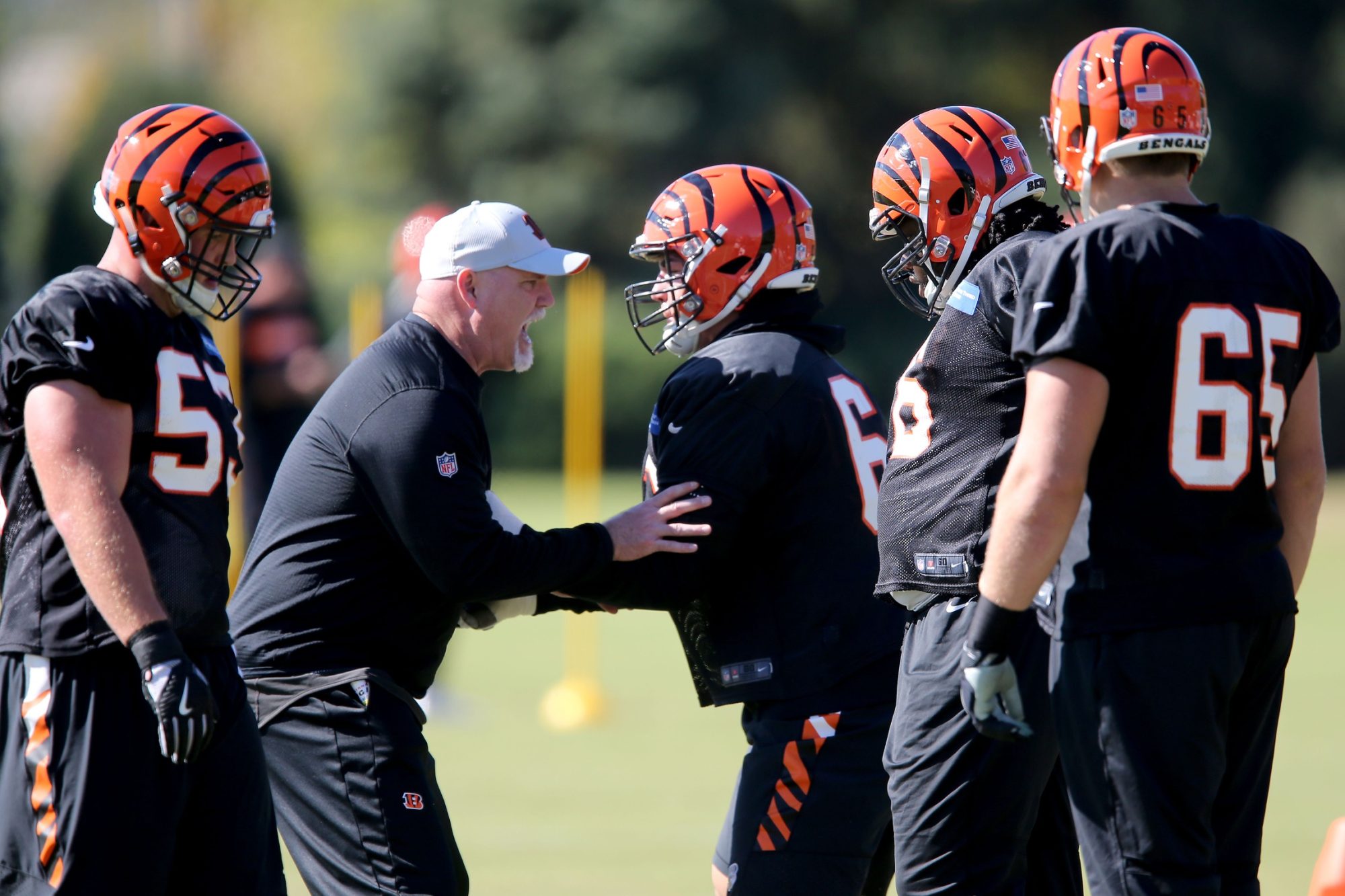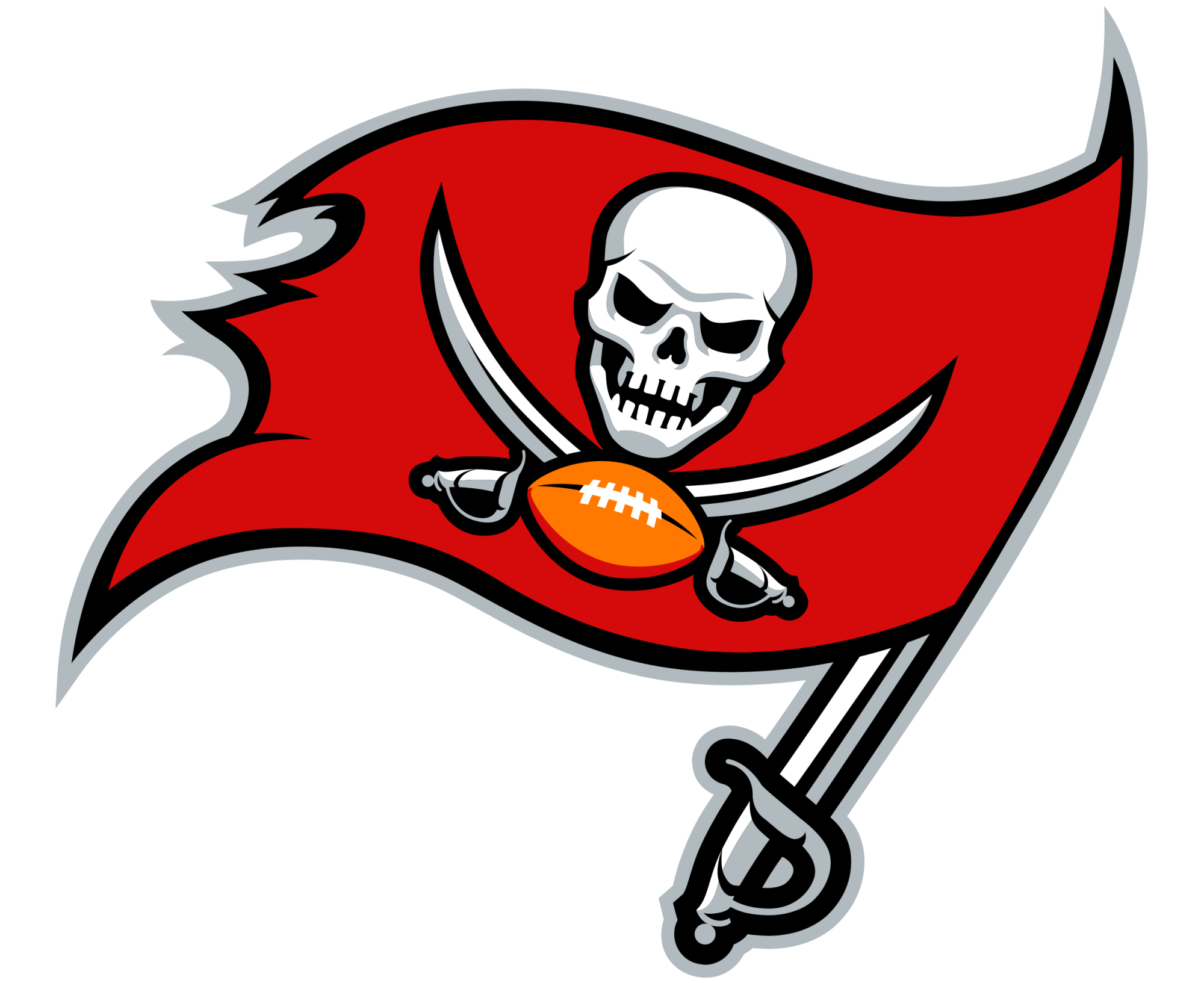Frank Pollock Deserves A Bit Of The Scrutiny Spotlight In Cincinnati

Credit: Kareem Elgazzar / Imagn Images
Following the disappointing 16-10 defeat to the New England Patriots, we’re seeing Cincinnati Bengals fans calling for accountability. Although Zac Taylor is the brunt of most of the criticism, the fans should also closely examine the role of Frank Pollack — Taylor’s offensive line coach and run game coordinator — in this latest early-season dud.
A strong offensive line is the lifeblood of an NFL offense. It insulates the quarterback, creates paths for running backs, and sets the pace for the offense. Unfortunately, the Bengals’ offensive line has been a prominent weak spot. Joe Burrow continually faces high pressure, impacting his performance and heightening injury risk. The memory of his injuries in 2020 and 2023 lingers in the fans’ minds.
As the offensive line coach and run game coordinator, Pollack bears direct responsibility for this group’s performance. Despite his qualifications and previous successes, the line’s failures in Week 1 raise serious doubts about his efficacy. In the loss against the Patriots, the offensive line gave way, leading to multiple sacks and hasty throws — a recurring issue that demands immediate attention.
We can get some insight into this by examining PFF’s grades from last Sunday. While Orlando Brown Jr., Ted Karras, and Cordell Volson earned grades of 76.0 or higher, having solid days. However, Alex Cappa (66.8 grade in Week 1) and Trent Brown (48.8) left the right side of the line exposed.
That’s a problem when half of their 16 rushing attempts went toward the right, leaving their weakest links to pave the way for Zack Moss, Chase Brown, and Joe Burrow. That’s a strategy that falls at the feet of the run game coordinator. Pollack’s approach is devoid of creativity and adaptability, as the Bengals depend on predictable plays that opposing defenses can easily anticipate.
None of this helps Burrow, and while the quarterback’s skill often masks some of the line’s deficiencies, the lack of a solid run game lets opponents cheat toward the pass, and the continuous pressure puts a ceiling on his potential.
Again, at least some of this falls on Pollack’s failure to cultivate a cohesive, effective offensive line. Despite significant investments in the line through the draft and free agency, the results have been underwhelming.
Although Taylor, as head coach, ultimately oversees the team’s performance, Pollack’s role isn’t a small part of the coaching staff. Ongoing problems with the offensive line indicate a necessity for change, whether those changes should involve their coaching methods, player development, or strategic modifications. The organization needs to ask themselves: Is Pollack adequately addressing these issues?
A solid gameplan is essential in the NFL, but as Mike Tyson (in?)famously said: Everybody has a plan until they get punched in the mouth. More important even than putting a plan in place is the ability to make adjustments when things aren’t working. That’s where the Bengals’ struggle on Sundays, and those issues constantly crop up with the offensive line and the run game.
The Bengals have time and again invested in their line. They have the personnel to succeed, at least on paper. Cincinnati may have lost Joe Mixon, but Moss and Brown have the skills to make an effective timeshare at running back. The fact that defenses need to respect Burrow, Ja’Marr Chase, and the passing game means there should be space for those backs.
So what’s needed? As much as Taylor — or any head coach — will be a focal point for the fans’ frustrations, there’s a reason NFL teams have extensive coaching staffs. Pollack’s dual role grants him a massive influence over the success and failure of the Bengals’ offense. It’s on him to figure out how to get a good-on-paper running game to be simply good.
Up Next





